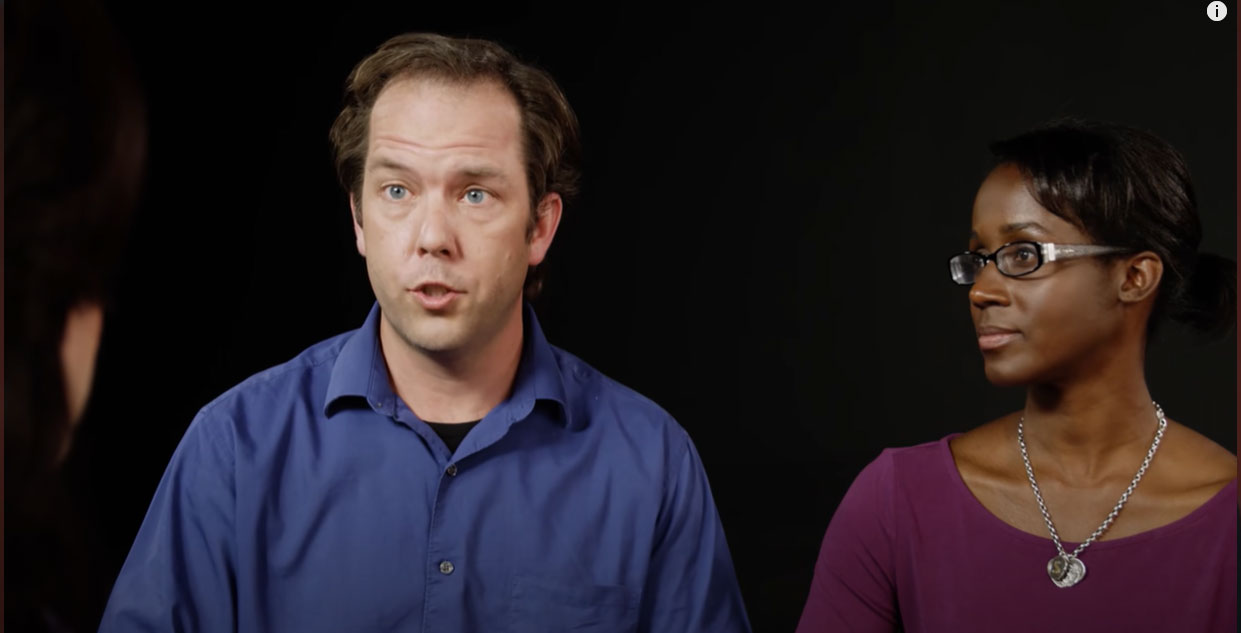Learn how PRP for infertility can help patients conceive
More women are turning to an innovative infertility treatment called PRP (platelet-rich plasma). Our Virginia fertility center is proud to be one of the clinics offering PRP for infertility, as it involves using the latest science to make pregnancy possible.
PRP is rich in several growth factors that have a significant role in tissue regeneration and remodeling.
- Epidermal growth factor (EGF)
- Vascular endothelial growth factor (VEGF)
- Transforming growth factor beta 1 (TGF-B1)
- Transforming growth factor beta 2 (TGF-B2)
- Several classes of platelet-derived growth factors (PDGF)
- Insulin like growth factor (IGF-1)
- Hepatocyte growth factor (HGF).
PRP has been used for at least a decade in many fields, including dermatology, cosmetic surgery, cardiology, dentistry, orthopedics, and even for hair regeneration. Using this technology for infertility is rather new, but it is promising.
Endometrial application of PRP for infertility
The first application of PRP occurred in 2015 in the context of thin uterine lining. It involved five women who had thin lining during assisted reproductive technology (ART). Since that initial use of PRP for infertility, researchers have published a few other papers that nearly all show an improvement in increasing the lining of the uterus.
Ideally, we would like to see a minimum lining of 7 mm in cases of frozen embryo transfer (FET) and 8 mm in cases of fresh transfer. To improve the lining thickness, Fady Sharara MD can insert PRP into the uterus using a catheter (a thin, flexible tube).
- This occurs around days 10-12 in an artificial cycle (on estrogen). Our team will perform another ultrasound 48-72 hours later.
- If the lining is still thin, Dr. Sharara can perform a second PRP treatment and recheck the lining in 48-72 hours.
If the lining is at least 7 mm, Dr. Sharara can perform the embryo transfer at our Virginia fertility center. Most patients require two treatments, but the maximum is three attempts during one cycle.
Ovarian application of PRP for ovarian rejuvenation
PRP for infertility in the context of diminished ovarian reserve was first reported by a group in Greece in 2016. However, very few cases (mostly case series) have been published regarding the use of PRP for “ovarian rejuvenation” in women with severely diminished ovarian reserve (egg supply). While some women have seen an improvement and underwent IVF, there is insufficient data to recommend this procedure.
In such cases, PRP for infertility is prepared then the doctor will inject 2 cc of PRP into each ovary. This is the opposite of what occurs during a typical egg retrieval. This process occurs while the patient is under anesthesia, just like an egg retrieval.
Approximately 1 to 3 months after the PRP application, doctors hope to observe an increase in anti-Mullerian hormone (AMH) level and antral follicle counts (AFC). Teams also hope to see a decline in FSH levels. There have even been cases of spontaneous pregnancies after PRP administration, so it is important to keep trying to conceive after PRP.
Please keep in mind that not every woman reacts the same way to PRP application. However, if there is no improvement in AMH and FSH levels and AFC after three months, a second PRP procedure may occur. It is practically impossible to predict who will and will not respond, but if your AMH is undetectable and your FSH is above 20 IU/L, PRP is very unlikely to help.
Randomized trials are currently underway to test whether PRP has any benefit in cases of poor ovarian reserve. Currently, this treatment is a last resort before moving to egg donation.
Are there any risks with PRP?
After using PRP for infertility for at least a decade, there have been no significant side effects. Very rare side effects include post-operative bleeding (when PRP is injected into the ovaries) and fever.
If you think that PRP could help you achieve your dream of parenthood, contact us. Our Virginia fertility center team is happy to explain this treatment and other fertility options.

